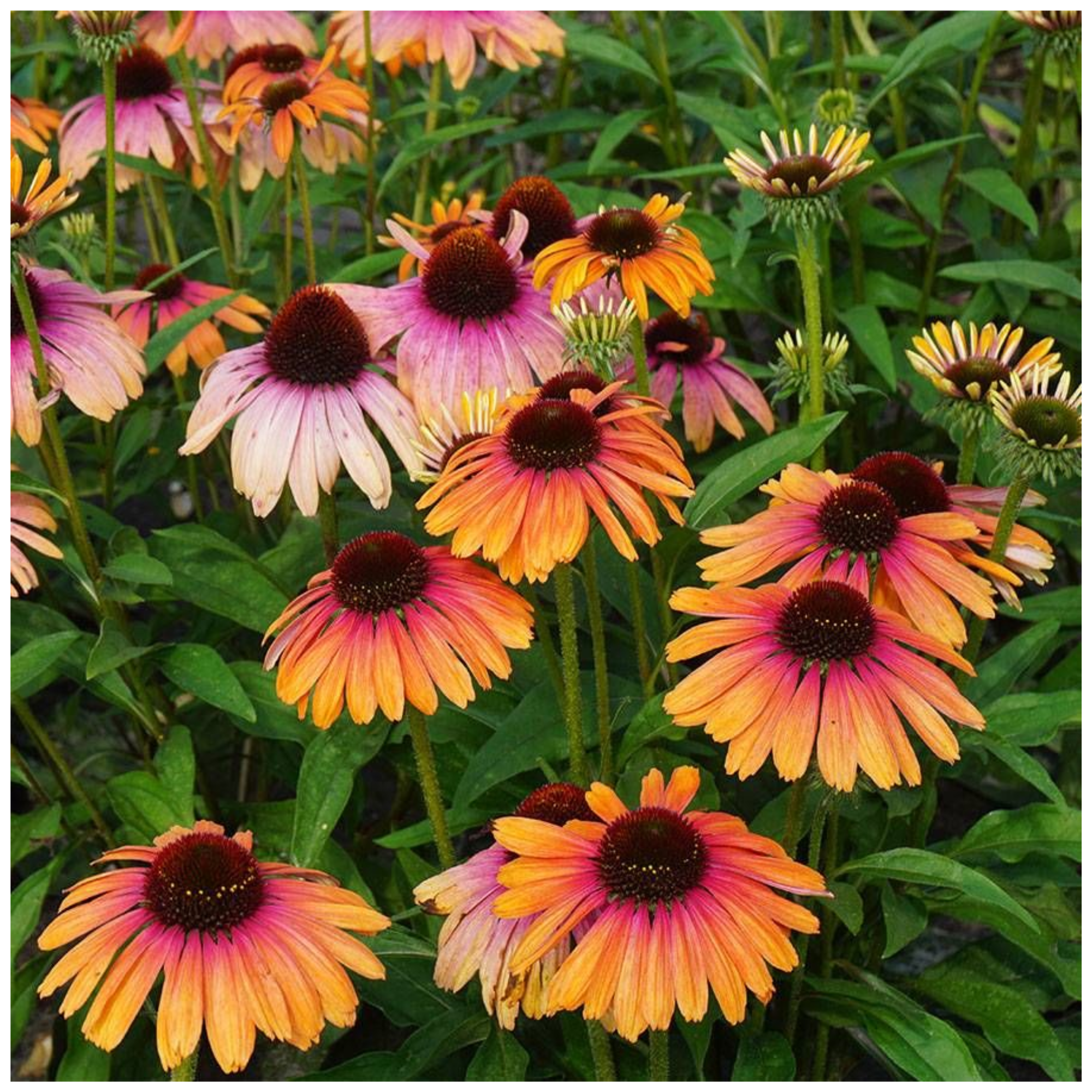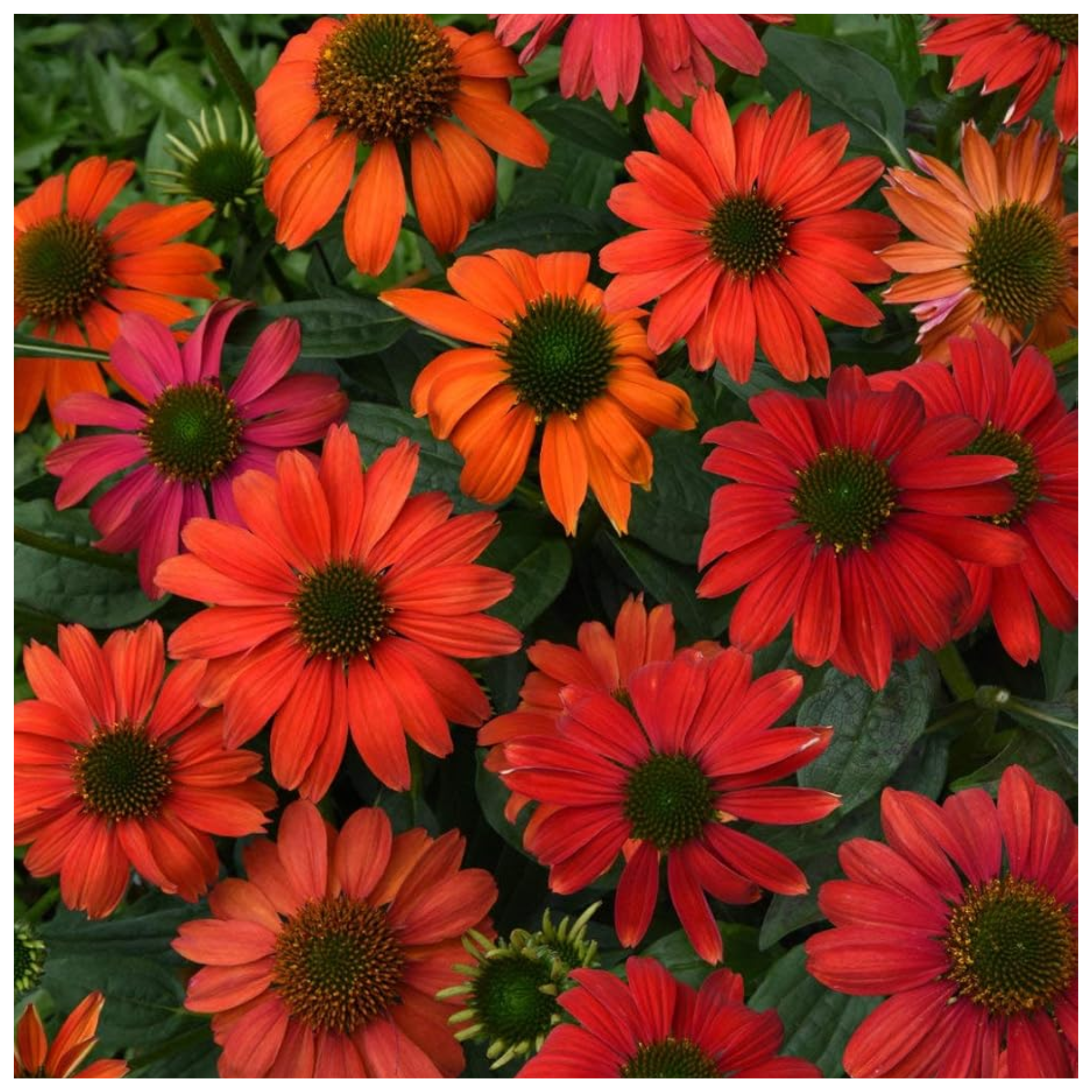How to Collect Seeds From Coneflowers — Trusted Methods Used to Harvest These Colorful Blooms
Save yourself the trip to a gardening store, and some money, with these clever seed collecting tips


Coneflower, also known as echinacea, is a classic bloom that perfectly matches the ambiance of a cottage-core garden. These North American natives with their disk florets and dainty petals are a brilliant option for small backyards needing a floral finish.
Knowing how to grow coneflowers is a skill worth knowing given how much charm and beauty these flowers bring. Instead of constantly repurchasing coneflower seeds, we find that collecting them from your existing flower garden is far easier and less expensive.
Here, our experts break down how to do it. Their two methods for extracting seeds from coneflowers are easy to follow and will ensure that you have plenty of perfectly harvested seeds to expand your flower patch.
1. How to Collect Coneflower Seeds by Hand
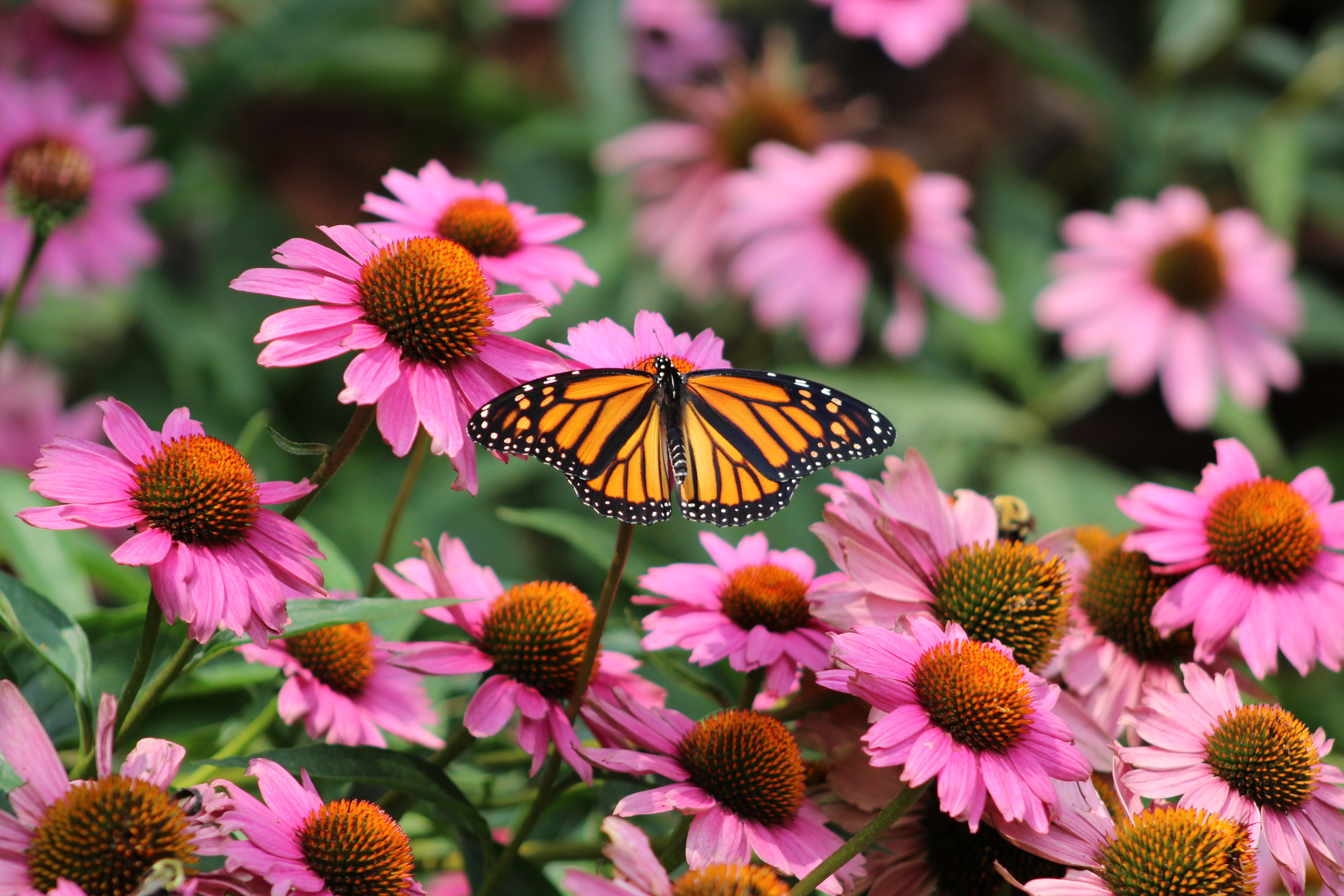
Coneflower is known as one of the hardy plants that can withstand heat and cold. If you are keen on collecting its seeds, remember to do it at the right time. When your coneflowers are beginning to dry out (this usually happens in late summer to fall), it's probably time!
Lisa Wark, gardening expert and director at Champion Distinctive Landscaping, tells us that collecting coneflowers by hand is simple and efficient.
"To collect coneflower seeds by hand, wait until the flower heads turn brown and the petals fall off," she says. "Then, grasp the base of the flower head and give it a firm shake over a paper bag to release the seeds."
Wearing gardening gloves is also a pro tip for making the process softer on your hands and less messy. (Need a new pair? These Suede Gauntlet Garden Gloves from Anthropologie are a fabulous find.)
2. How to Collect Coneflower Seeds Using the Paper Bag Method

According to Lisa, using a paper bag speeds up seed collection and prevents loss. "Simply place the bag over the flower head while it’s still on the plant and tie it around the stem with string or a rubber band," she says. "The seeds will drop into the bag as the flower dries."
For larger harvests, Lisa recommends cutting the entire flower stalk once most of the petals have dropped and hanging the stalk upside down over the bag. This way, the seeds will fall out as they dry.
As you can tell, these full-sun perennials offer plenty of seeds, and harvesting them yourself is a gardening chore that should definitely make your task list.
How to Store and Use Coneflower Seeds
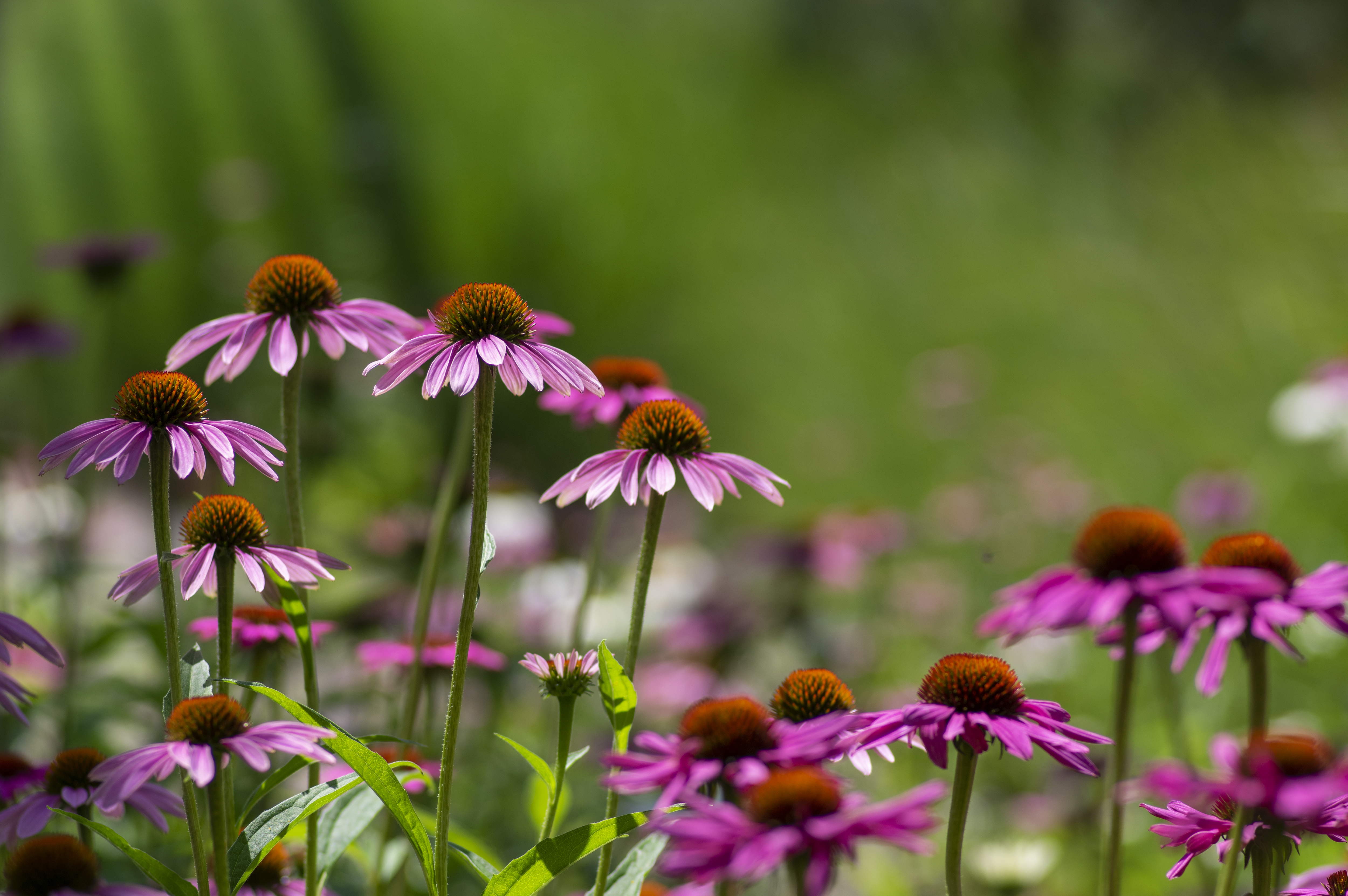
Storage: For storage, Lisa finds that it's best to keep the seeds in a cool, dry place away from direct light. She tells us that an airtight container like a jar works well. "Properly stored, coneflower seeds can last 3-5 years," she says. "I like to plant some seeds the following season and save the rest, as germination rates may decrease over longer storage."
This method is a great way to save seeds for next year's garden.
Usage: When it comes to Lisa's advice on using the seeds, she recommends sowing them in spring or fall, covering them with about a quarter inch of soil, and watering regularly while germinating. "Seedlings will bloom in their second season," she notes. "Coneflower seeds collected from your own garden will produce plants well-adapted to your local growing conditions."
FAQs
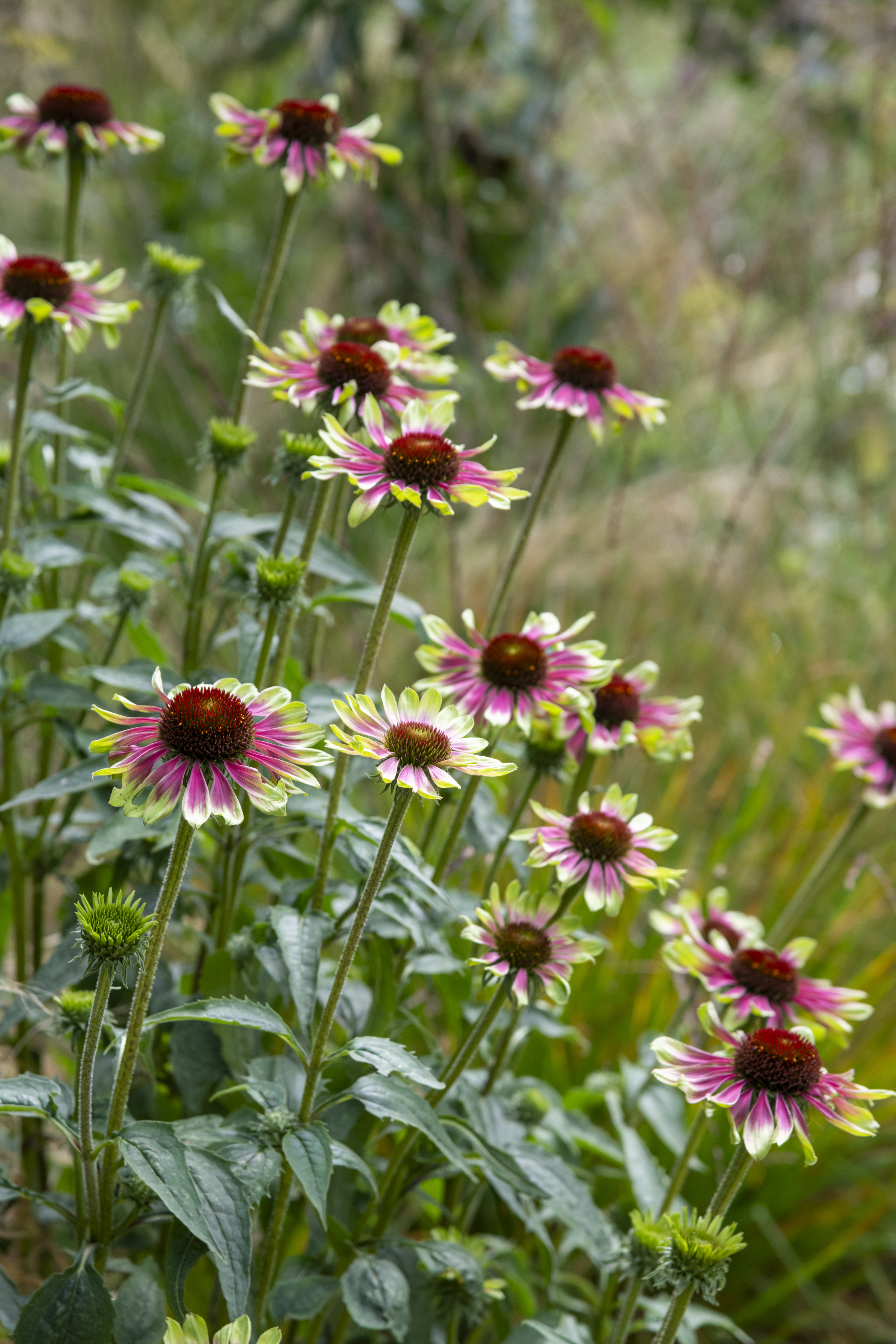
Do Coneflowers Reseed Themselves?
A fun fact about echinacea is that they actually identify as self-seeding plants. Not aggressively so, but they are capable of self-seeding if you wait to cut them back until late winter.
However, collecting coneflower seeds and sowing them yourself appears to be the more trusted method, as this is more likely to guarantee successful growth.
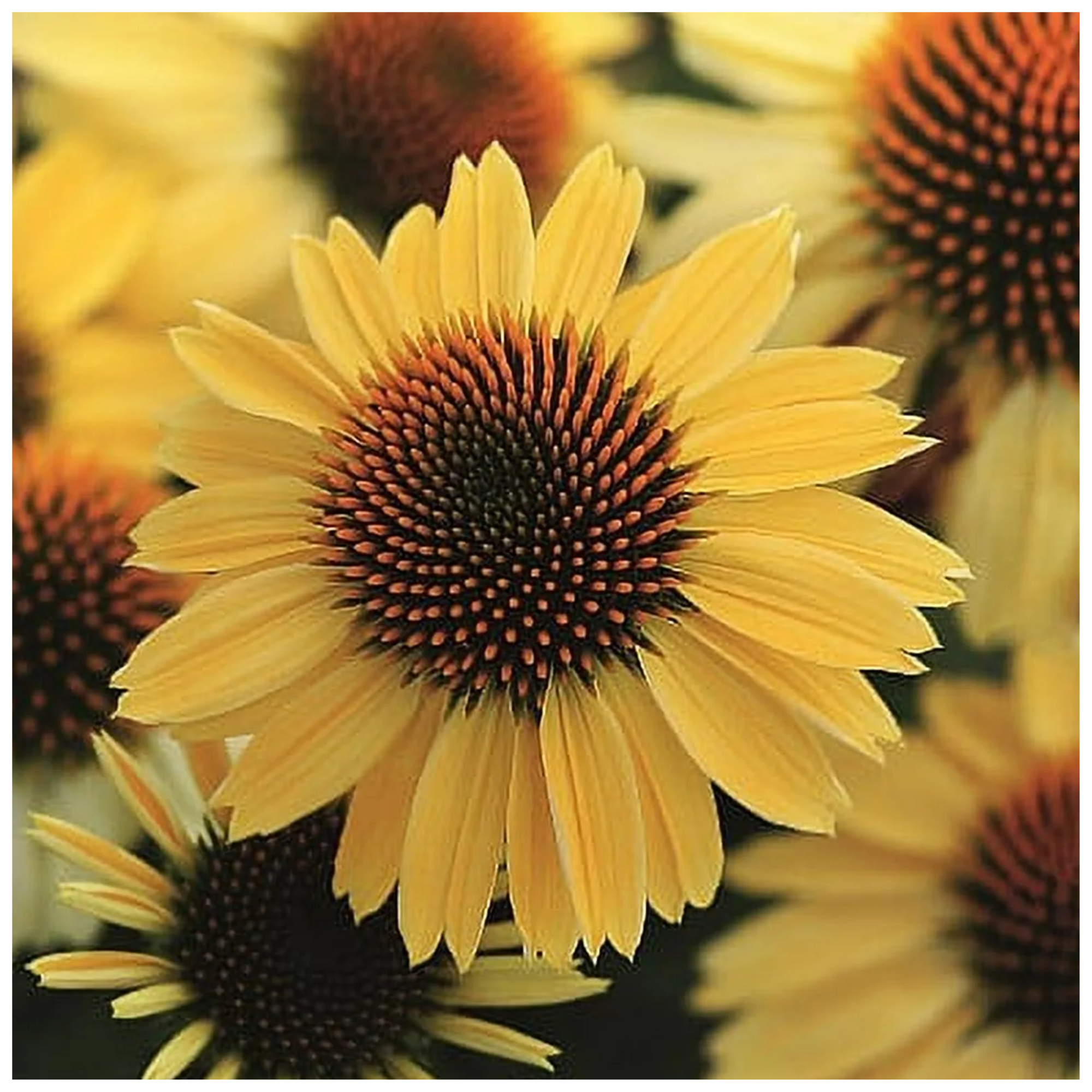
Price: $30
Size: 1-Gallon Pot
These yellow coneflowers from Walmart are doused in a bright yellow color, giving small-yard gardeners a favorable alternative to sunflowers.
Be The First To Know
The Livingetc newsletters are your inside source for what’s shaping interiors now - and what’s next. Discover trend forecasts, smart style ideas, and curated shopping inspiration that brings design to life. Subscribe today and stay ahead of the curve.

Amiya is a Home Wellness Writer at Livingetc. She recently graduated with a Masters Degree in Magazine Journalism from City, University of London, and has lent her words to beauty, fashion, and health sections of lifestyle publications including Harper’s Bazaar and Women’s Health. Her experience as a research analyst has equipped her with an eye for emerging trends. When she’s off the clock, she can be found reading, listening to music, or overanalyzing her latest Co-Star update.
-
 Sateen vs Percale Sheets — What's the Difference, and Which Are Better?
Sateen vs Percale Sheets — What's the Difference, and Which Are Better?Who would have thought a simple weave pattern could make all the difference to your sleep
By Devin Toolen
-
 I Asked Interior Designers to Share the Worst Design Trends They've Seen on Social Media — And What They Want to See Instead
I Asked Interior Designers to Share the Worst Design Trends They've Seen on Social Media — And What They Want to See InsteadJust because something is trending, doesn't mean it's tasteful — from dupe-culture to OTT lighting, here's what designers hate seeing in homes
By Devin Toolen
